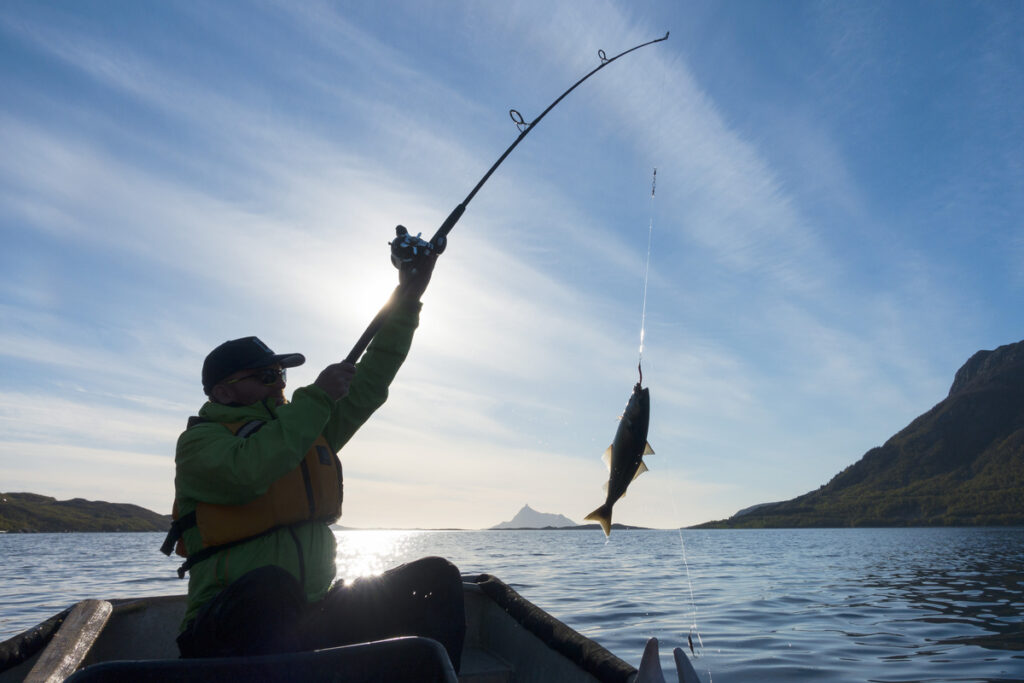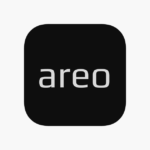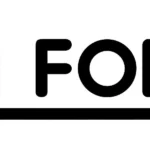Sweden is a paradise for fiskning(fishing) enthusiasts, boasting a diverse range of fish species and stunning natural landscapes. However, to ensure sustainable fishing and protect the aquatic ecosystem, Sweden has implemented various regulations. Whether you’re a local angler or a visitor, it’s essential to be familiar with these rules. This article provides a comprehensive guide to fishing regulations in Sweden, covering everything from licensing requirements to protected species and fishing seasons.
What Is Fiskning?
Fiskning, a Swedish term translating to “fishing” in English, refers to the activity of catching fish, typically for recreational or commercial purposes. It involves various techniques and equipment, such as rods, nets, or traps, to capture fish from bodies of water like lakes, rivers, or oceans. Fishing has been a crucial part of human survival and culture for centuries, providing a source of food and livelihood for many communities worldwide. Additionally, it serves as a popular pastime, offering relaxation and a connection to nature.
Licensing Requirements
To fish in Sweden, a fishing license (fiskekort) is mandatory for most types of fishing. The licensing requirements vary based on the location and type of water body.
Types of Fishing Licenses
- Public Waters:Sweden grants everyone the right to fish in public waters (including the five largest lakes: Vänern, Vättern, Mälaren, Hjälmaren, and Storsjön) without a license, but requires adherence to local regulations.
- Private Waters: Fishing in private waters requires a fishing license. These licenses can be purchased online, at local fishing shops, or at tourist information centers.
- Specific Fishing Areas: Some regions or water bodies have specific regulations and may require additional permits. It is crucial to check local rules before fishing.
How to Obtain a Fishing License
- Online: Websites such as iFiske.se offer a convenient way to purchase fishing licenses.
- Local Vendors: Fishing shops, tourist information centers, and some convenience stores sell fishing licenses.
- Mobile Apps: Certain mobile apps provide options to buy fishing licenses and get information about local regulations.
Protected Species and Fishing Seasons
Sweden’s fishing regulations include measures to protect endangered species and maintain healthy fish populations.
Protected Species
Certain species are protected year-round or during specific periods. For example:
- Eel (Ål): Eel fishing is highly regulated, with strict quotas and specific fishing seasons to protect declining populations.
- Wild Salmon (Vildlax): In some rivers, wild salmon fishing is restricted to conserve the species.
Fishing Seasons
Fishing seasons vary depending on the species and location. Some general guidelines include:
- Pike (Gädda): Pike fishing is generally open year-round, but local restrictions may apply during spawning periods.
- Perch (Abborre): Perch can be fished year-round, but the best seasons are typically spring and autumn.
- Salmon (Lax): Salmon fishing seasons differ by river, with some rivers having specific open seasons to protect spawning runs.
Fishing Methods and Equipment Regulations
Swedish fishing regulations also cover permissible fishing methods and equipment to ensure sustainable practices.
Permitted Fishing Methods
- Angling (Mete): Angling is widely allowed, with specific rules regarding bait and hooks.
- Fly Fishing (Flugfiske): Fly fishing is popular in many rivers and lakes, with specific regulations about fly types and catch-and-release practices.
- Ice Fishing (Isfiske): Ice fishing is permitted in many areas, but anglers must ensure they are on safe ice and follow local guidelines.
Restricted Equipment
- Nets (Nät):Fisheries managers strictly regulate net fishing, setting rules for mesh size, fishing periods, and permitted areas.
- Spearfishing (Sporfiske): Authorities generally prohibit spearfishing in freshwater bodies but allow it in certain coastal areas with restrictions.
Sustainable Fishing Practices
Sustainable fishing practices are vital to preserving Sweden’s aquatic ecosystems for future generations.
Catch and Release
Catch and release are encouraged, especially for species with declining populations. Anglers should handle fish carefully and use barbless hooks to minimize harm.
Respect for Nature
Anglers should always respect the environment by:
- Disposing of litter properly.
- Avoiding disturbances to wildlife and vegetation.
- Using designated fishing spots and respecting private property.
Conclusion
Understanding and adhering to fishing regulations in Sweden is crucial for a successful and responsible fiskning experience. By following licensing requirements, respecting protected species and fishing seasons, using permitted methods, and practicing sustainable fishing, anglers can enjoy Sweden’s rich fishing opportunities while preserving the ecosystem.
FAQs
1. Do I need a fishing license to fish in Sweden?
Sweden requires a fishing license for most types of fishing, except in public waters.
2. Where can I buy a fishing license?
Anglers can buy fishing licenses online, at local fishing shops, tourist information centers, and through mobile apps.
3. Are there any protected fish species in Sweden?
Fisheries managers protect species like eel and wild salmon and establish specific fishing regulations for them.







